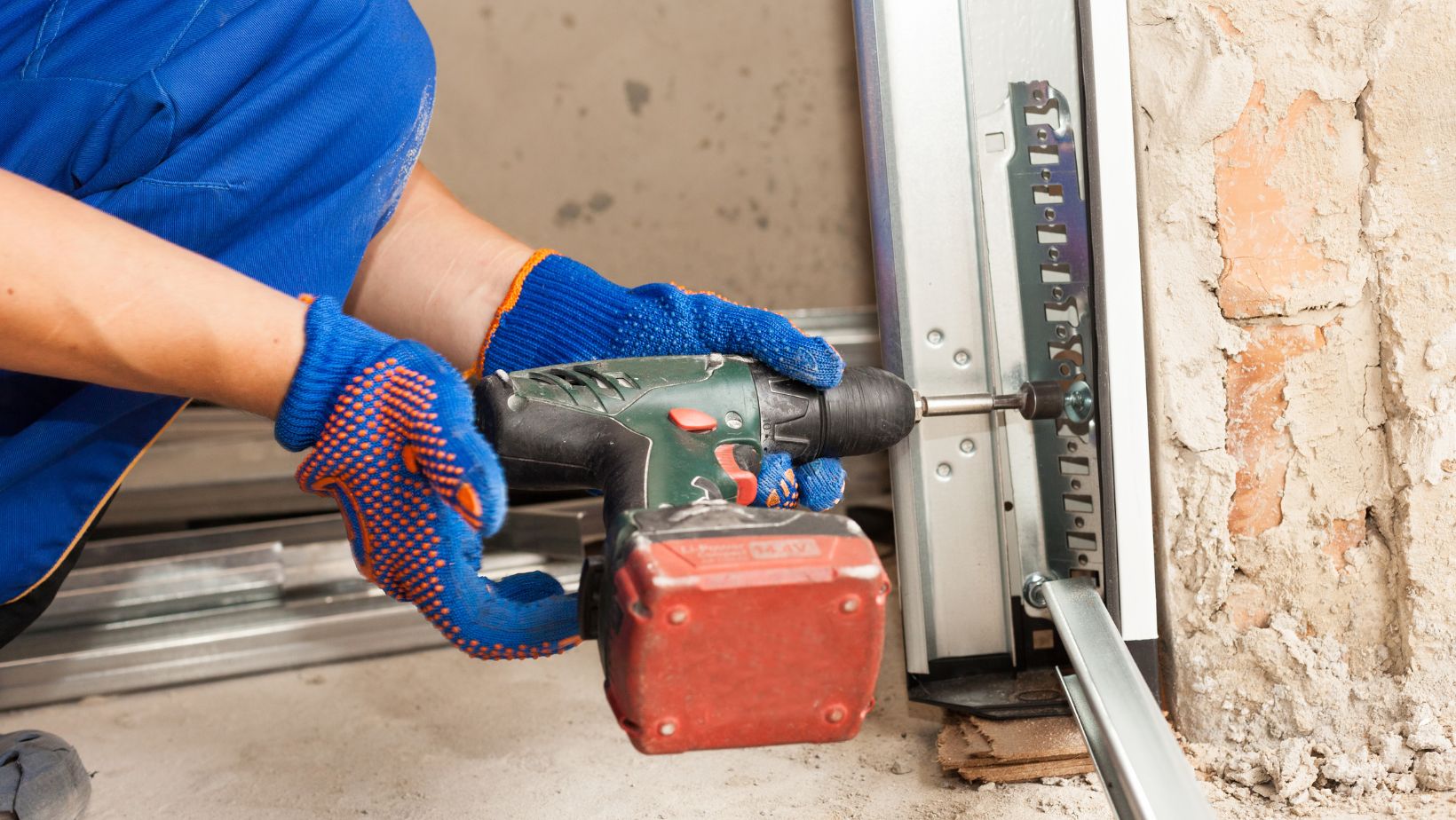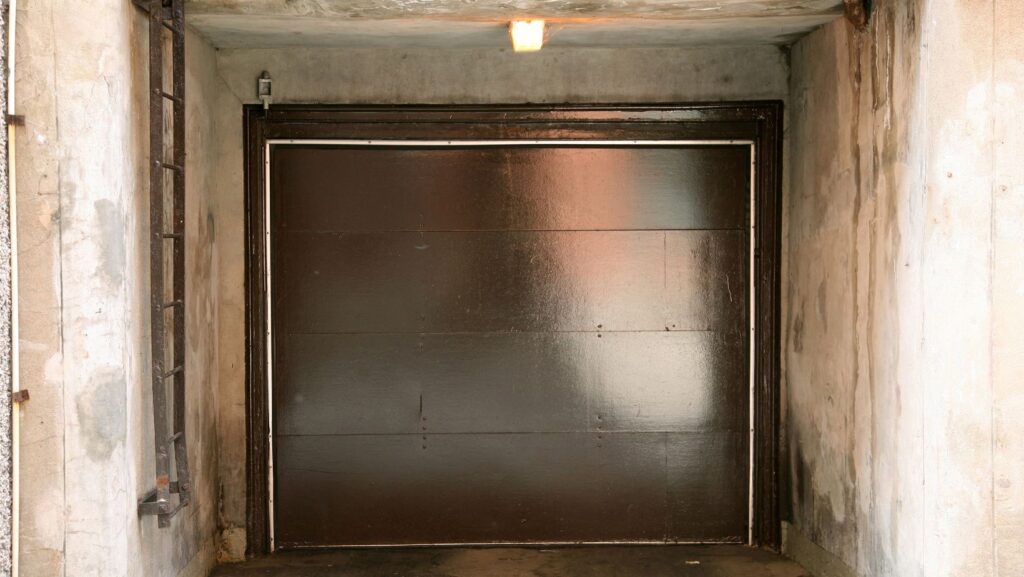Visible access doors can disrupt the look of a well-designed space, frustrating clients who want perfection. For example, a bulky access door with heavy hardware can be distracting in a minimalist art gallery. These doors This door takes attention away from the artwork and can ruin the overall vision of the space.
This article will discuss a better way: recessed access doors. These doors blend in with their surroundings and help keep the beauty of your interior intact. Let’s explore how you can balance superior design with functionality!
Creating a Seamless Look
Attention to detail is essential in your design. High-quality recessed access doors come with features that ensure a perfect, uninterrupted finish.
Material Matching
Recessed access doors become part of the wall. Their door panels can accommodate a variety of materials, allowing you to finish them with drywall, wood paneling, tile, plaster, or wallpaper. This creates a continuous surface that matches your design precisely.
Hidden Hardware Solutions
Standard hardware can create visual noise, while a sleek design requires a smooth surface. Look for doors with concealed hardware options, such as push-to-open latches with a gentle press. Concealed key locks provide security without bulky locksets, and spring-loaded cam latches and hidden hinges keep the surface flush and clean.
The Power of Customization
To add, standard-sized doors do not meet every project’s needs, making access door customization essential. Recessed access doors can be customized to a non-standard size to fit a unique space. They may also come with a specific veneer to match high-end architectural elements. This ensures your design vision is fully realized and achieved.
Durability and Maintenance
Depending on their construction, recessed access doors are as durable as traditional doors. High-quality steel doors with solid welds can match the strength of conventional options. However, they may be more prone to damage if improperly used, such as forcing a panel or prying open a push-latch door.
Maintenance involves regularly checking hinges and latches for smooth operation and looking for signs of wear and tear. The type of finish affects your maintenance routine. For example, a drywall-finished door may need paint touch-ups, while a tiled door might require grout re-sealing.
Quick Guide to Costs
Understanding the costs of recessed access doors is crucial, as prices can vary based on size, material, and features. The total cost is made up of two parts: purchase and installation.
Purchase Cost
Standard, non-fire-rated doors range from $75 to $250. Prices depend on the manufacturer, size, and material, with smaller steel doors being cheaper and larger aluminum or stainless-steel doors costing more. Specialized doors, such as fire-rated or soundproof models, can start at $300 and exceed $1,000.
Installation Cost
Installation costs usually range from $150 to $300 for each door, depending on the job’s complexity. Basic drywall installations are typically cheaper.

However, if the work involves masonry or concrete, the costs can increase because these jobs require special tools and skilled workers.
Practical Installation Tips
A flawless installation is crucial for achieving a perfect finish. Even the best products can fail without careful planning.
Sizing and Placement
Choosing the smallest size that allows proper access; using a door larger than necessary is a common mistake. Position the door in a discreet location, such as a low-traffic area, a utility closet, or a corner, to minimize visual impact.
Framing and Finish
Precise measurements are vital for installation, and the frame must be perfectly plumb and square. Poor installation can cause the door to bind or not close flush. A professional finish requires careful taping and mudding to hide all seams.
Surface Alignment
Flush alignment between the door panel and surrounding surface is key. Even a few millimeters of protrusion can make the door obvious. Before final finishing, check the alignment from multiple angles and adjust the frame if needed.
Hardware Check
Test the hardware during installation, not after. Push-to-open latches, concealed hinges, or spring-loaded cams should all operate smoothly before the finishing process begins. Recessed doors are meant to disappear, so hardware that sticks or feels uneven can undo the seamless effect.
Pre-Installation Planning
Review access needs before cutting into the wall or ceiling. Confirm that the door placement won’t interfere with electrical conduits, pipes, or structural elements. Using templates provided by manufacturers can help prevent costly mistakes and speed up the process.
Real-World Applications
Recessed access doors are versatile and can solve design issues in any space, especially
In the main hallway of a high-end residential project that needed a minimalist look. The drywall on these doors matched the walls exactly, creating a simple, beautiful interior with no visible access points.
Similarly, a discreet access door is important in a commercial setting. A custom-built wood-paneled door can be specified to match the walls of a boutique hotel lobby, allowing for necessary access while keeping the brand’s elegant aesthetic.
Conclusion
A recessed access door offers a straightforward solution to a complex problem, balancing functionality with aesthetics.


More Stories
Sustainable Landscape Design Practices for Eco-Friendly Home Gardens
How Indoor Air Quality Affects Your Health and What You Can Do About It
Affordable Housing Meets Modern Architecture